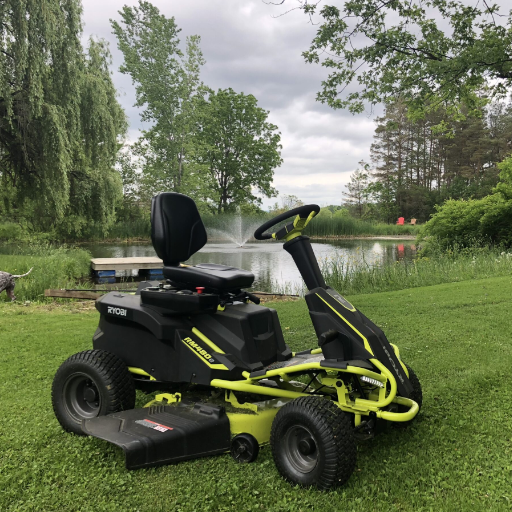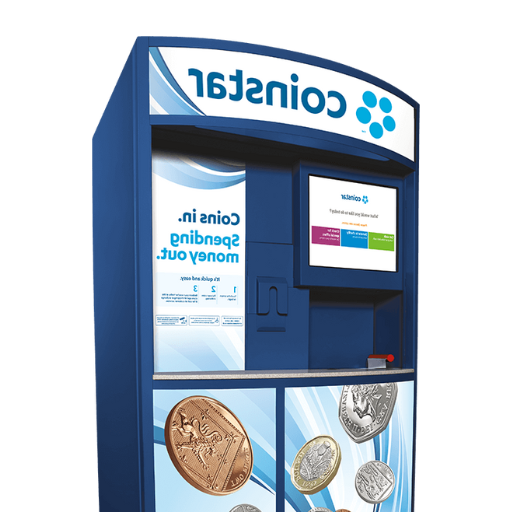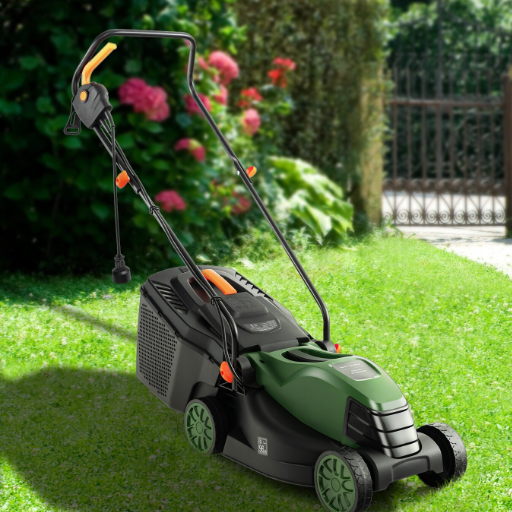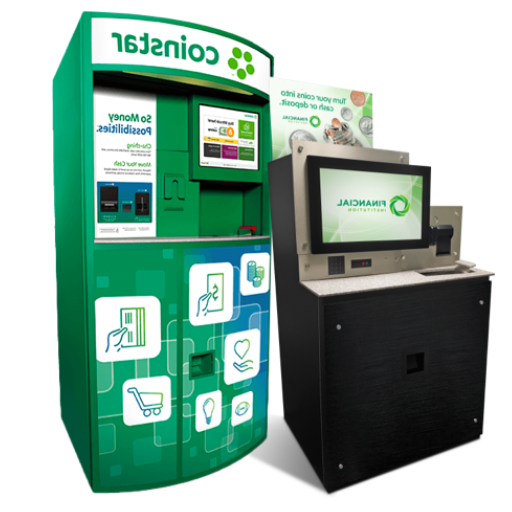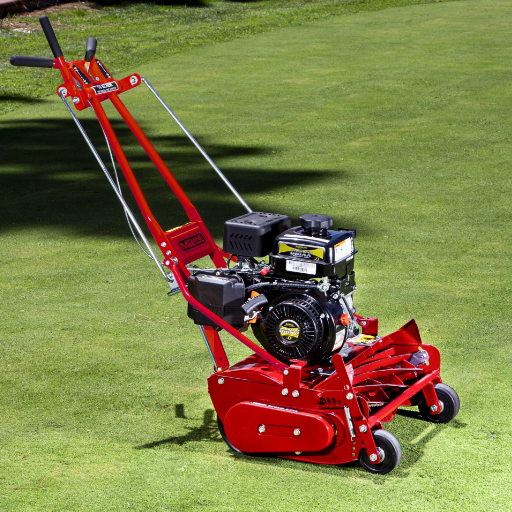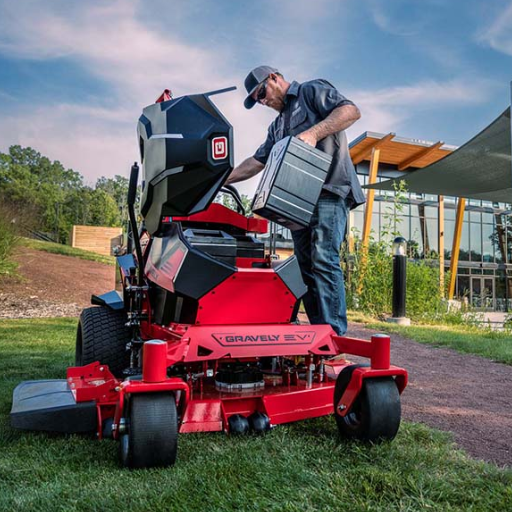In recent years, the pet food industry has witnessed a significant transformation driven by technological advancements in manufacturing processes. This evolution is reshaping how pet food producers approach the development of nutrient-rich, palatable, and safe products for our beloved furry companions. This blog post delves into the pivotal role advanced pet food manufacturing equipment plays in this revolution. We explore how cutting-edge technologies, such as extrusion, drying, and coating systems, enhance the efficiency and precision of production, ultimately leading to superior quality pet nutrition. By examining these innovations, pet food manufacturers can better respond to the evolving demands of pet owners seeking healthier, more sustainable food options. As we navigate the stunning capabilities of modern equipment, we will also discuss the broader implications for the pet food sector, including sustainability and quality assurance.
What is the Role of Pet Food Processing Equipment in the Industry?

Pet food processing equipment plays a crucial role in the pet food industry by transforming raw ingredients into finished products with consistent quality and safety standards. These machines, including mixers, extruders, and dryers, ensure that the nutritional profile of the pet food is maintained throughout the manufacturing process. Advanced technologies like extrusion enable precise control over ingredient blending, cooking, and shaping, resulting in enhanced palatability and digestibility of the pet food. Moreover, modern drying and coating systems help in achieving desired texture and flavor while preserving nutritional integrity. By automating and optimizing production, pet food processing equipment helps manufacturers meet the increasing demand for healthier, premium pet food options, all while adhering to stringent quality and safety regulations.
Understanding Pet Food Processing Basics
Several steps are involved in pet food processing that help to satisfy consumers and meet the standards of the industry. First of all, the nutritional value of the raw ingredients is considered and they are mixed together in order to formulate a complete and balanced diet for the animals. The extrusion process is also used as it makes cooking and shaping food easy and quick, increasing its taste and easy to digest. This process also allows the ingredients and recipe to differ. Moving on, preformed pellets are dried so that moisture content can be removed and limiting the use of a preservative enhances shelf stability. Finally, application of vitamins, probiotics or even simply flavor improves the taste as well as the nutritional aspect. Such measures increase the state of quality of what is deemed pet nutrition and enhances the need to meet the cut in the market for the pet food.
The Importance of Processing Machines in Production
As someone immersed in the pet food industry, I recognize the pivotal role processing machines play in production. They ensure consistency and efficiency, managing everything from ingredient mixing to extrusion. These machines maintain quality through precise control of cooking and shaping, enhancing both taste and nutrition. By automating key steps, processing equipment allows for high production volumes while complying with stringent safety standards, meeting both industry demands and consumer expectations effectively.
How Does Automation Enhance Efficiency?
Automation greatly enhances efficiency in pet food production by streamlining operations and reducing manual labor. With automated systems, I can ensure precise measurement and consistent mixing of ingredients, which improves the overall quality. Automated machinery quickly and accurately performs tasks like extrusion and drying, decreasing production time and errors. It enables me to maintain high safety standards while achieving larger production volumes. By employing automation, I optimize resource utilization and minimize waste, ultimately boosting productivity and meeting consumer demands effectively.
How Do Mixer and Grinder Machines Affect Pet Food Manufacturing?
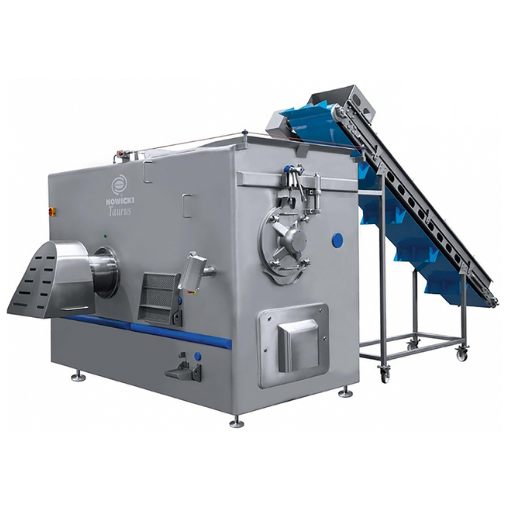
Most crucially, the importance of mixer and grinder machines in the industrial preparation of pet food is felt in terms of ensuring the uniformity of the constituent ingredients during preparation of the feed. Mixers are employed in the combination of one or more components that necessitate the formulated end product’s nutritional and flavor balance. Grinders on their part, milled the raw materials into specified particle sizes for improving the texture and arguing biobility of pets. Combined together, these machines facilitate and enhance the quality of the pet food and also reduces the amount of time spent on processing while minimizing the amount of ingredients lost. As for manufacturers using mixing and grinding facilitate the mixing of safe and nutrition centred mixes, various products will be available to meet the needs of pets and their owner.
The Function of a Mixer in Pet Food Production
A mixer in pet food production serves to blend ingredients uniformly, ensuring a consistent nutritional make-up in each batch. This process is vital for developing the desired flavor profile and maintaining product quality. The mixer efficiently combines both dry and wet components, which speeds up the preparation process. By achieving a thorough mix, manufacturers can avoid uneven distribution of nutrients, which is crucial for pets’ health. Overall, mixers play a central role in enhancing product safety and quality while optimizing production times.
Why is a Grinder Essential for Pet Food?
A grinder is essential for pet food because it transforms raw ingredients into smaller, uniform sizes, improving both texture and digestibility. By processing materials efficiently, it ensures consistent quality and enhances nutrient absorption. Grinders also help in reducing processing time, ultimately making production more cost-effective. Through optimizing ingredient consistency, they contribute significantly to both the quality and appeal of pet food, ensuring that nutritional needs are met effectively.
Integrating Grind and Mixing Processes
Integrating grinding and mixing processes enhances pet food production by ensuring efficiency and consistency. First, grinders break down ingredients to uniform sizes, which optimizes mixing. This uniform texture improves nutrient distribution, enhancing quality and digestibility. Key technical parameters include maintaining a grinder particle size of 0.5-1.5 mm for optimal mixing and using mixers with a blending time of 2-4 minutes to ensure uniform distribution. Proper temperature control, ideally between 60-80°C, is essential to preserve nutritional values. By combining these processes, manufacturers improve production efficiency and ensure high-quality, balanced pet food.
What Are the Latest Pet Food Technology Innovations?

Advancements in pet food technology have led to the development of several innovative products and techniques aimed at improving the quality, safety, and nutrition of pet food. One major innovation is the use of extrusion technology, which enhances the digestibility and palatability of pet food. Additionally, there is a growing trend towards using alternative protein sources, such as insect-based proteins, which offer sustainable and eco-friendly options. Freeze-drying technology has also gained traction, preserving food nutrients while maintaining flavor and freshness. Moreover, automated systems in production lines are increasing efficiency and reducing human errors, ensuring consistent quality. These innovations collectively offer healthier, more nutritious, and appealing pet food options for consumers.
Exploring New Food Machinery Developments
Certainly! As I explore new food machinery developments, I’ve found that automation technology is crucial for modernizing pet food production. It streamlines operations and ensures consistency by reducing the likelihood of human error. Innovations like advanced sensors and AI integration help optimize ingredient measurement, blending, and cooking processes. Additionally, precision cutting machinery enhances the shape and size conformity, vital for packaging efficiency. Keeping up with these new technologies within production lines can lead to increased throughput while maintaining high-quality standards.
Trends in Pet Food Manufacturing Equipment
Current trends in pet food manufacturing equipment underline automation, sustainability, and precision. Automated systems now dominate production lines, enhancing efficiency by minimizing manual intervention and boosting output, allowing manufacturers to maintain consistent product quality. Sustainability features prominently, with equipment designed to reduce energy consumption and waste, aligning with environmental goals. Precision technology, including advanced sensors and controls, ensures accurate ingredient processing and precise shaping for better packaging efficiency. These innovations cater to the increasing demand for high-quality, eco-friendly pet food products.
Future of Pet Food Processing Equipment
The future of pet food processing equipment will continue to evolve with a strong focus on sustainability, automation, and precision. Based on leading sources, I see manufacturers using eco-friendly materials and energy-efficient machines to lessen environmental impact. Automation will further streamline processes, with AI offering real-time adjustments to optimize quality and efficiency. Precision in ingredient handling and shaping ensures consistent, high-quality products that meet consumer expectations. As technology progresses, I anticipate even more innovative solutions that balance production demands with sustainability and product excellence.
How to Optimize a Pet Food Production Line?
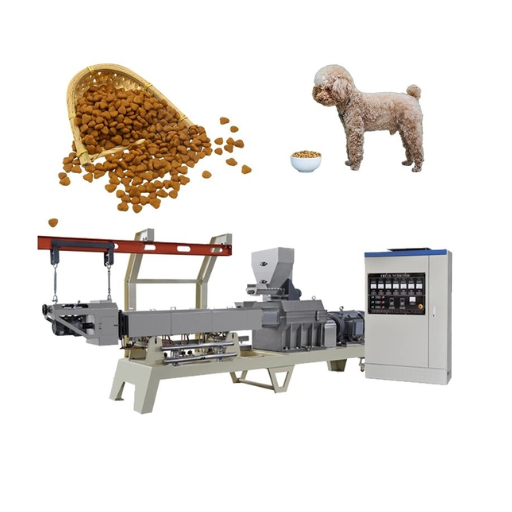
There are many key elements which should be made in order to optimize a pet food production line. First, analyze the actual process and ask if equipment or activities related to works in progress have been bottlenecks. Integrate more automated systems with the intention to hasten processes and reducing manual handling. Invest in technology for accuracy, such as sensors that measure ingredients and quality at every step of the process. Strive for environmentally friendly solutions by installing low-carbon equipment and preventing contamination through recycling. Also, ensure that equipment and employees are continuously trained, which will further increase productivity and reduce idle time. By investing these areas, manufacturers will be able to greatly enhance efficiency, sustainability and quality of their production processes.
Designing an Efficient Production Line
To design an efficient production line, I start by analyzing current operations to pinpoint inefficiencies. I then integrate automated technology to reduce manual labor and speed up processes. Using precision tools and real-time monitoring ensures accurate ingredient measurement and maintains high product quality. Sustainability is crucial, so I choose energy-efficient machines and implement waste reduction practices. Regular equipment checks and ongoing employee training are vital to keep everything running smoothly. By focusing on these key areas, I achieve higher efficiency, reduced environmental impact, and improved product standards.
Role of Control Systems in Optimization
Control systems play a pivotal role in optimizing production lines by automating processes and enhancing precision. They oversee operations, adjust conditions, and maintain consistency, ensuring that systems function efficiently. By integrating control systems, manufacturers can reduce errors, minimize waste, and increase speed. These systems utilize data analytics to anticipate issues and make real-time adjustments, allowing for swift responses to any disruptions. Additionally, control systems contribute to energy savings and resource conservation, which aligns with sustainability goals. Emphasizing active oversight and consistent calibration, they are essential in maximizing productivity and maintaining high-quality production standards.
What Challenges Do Pet Food Manufacturers Face?

Pet food manufacturers face a variety of challenges that impact their operations. One of the primary challenges is ensuring the safety and quality of their products. This includes rigorous testing to detect any contaminants or allergens, which is vital to meet stringent regulatory standards and protect consumer health. Additionally, sourcing high-quality ingredients at a competitive cost poses a significant difficulty due to fluctuating supply chains and market demands. Manufacturers also need to keep up with changing consumer preferences, such as a growing demand for natural or organic pet foods, which requires agility and innovation in product development. Lastly, environmental concerns compel manufacturers to implement sustainable practices, including reducing waste and minimizing their carbon footprint, adding another layer of complexity to their operations.
Tackling Wet and Dry Pet Food Production
Producing both wet and dry pet food involves addressing several key issues. I must ensure all products are tested for contaminants and allergens to meet safety standards, which is critical for both compliance and consumer trust. Sourcing top-quality ingredients is challenging due to market volatility, but I continually seek reliable suppliers to maintain quality and cost-effectiveness. Adapting to the shift towards natural and organic options keeps me focused on innovation. Environmental concerns also drive me to adopt sustainable practices like reducing waste and cutting down the carbon footprint throughout my production processes.
Solutions for Food Manufacturers in a Competitive Market
In a competitive market, food manufacturers can thrive by embracing innovation and agility. Identifying emerging consumer trends and swiftly adapting products to meet these demands is crucial. Digital transformation, including automation and data analytics, enhances efficiency and decision-making. Streamlining supply chains while securing diverse and reliable sources reduces disruptions. Attention to branding and marketing, particularly through digital platforms, elevates visibility and customer engagement. Additionally, prioritizing sustainability and transparency in operations fosters consumer trust and loyalty. By focusing on these strategies, manufacturers can effectively navigate the complexities of the market and drive success.
References
-
Pet Food Processing: Pet food and pet treat manufacturing news – A trusted resource for news and trends impacting the pet food and pet treat processing industry.
-
Pet Food Processing Equipment by Bak Food Equipment – Offers solutions like mixers, conveyors, grinders, and spiral cooking systems for pet food manufacturing.
-
Equipment suppliers share expertise to enhance processing efficiency – Discusses improved equipment design and precision manufacturing for reliable pet food processing.
Frequently Asked Questions (FAQ)
Q: What types of pet food processing equipment are available for a wide range of machines?
A: The pet food processing industry offers a wide range of machines, including mixers, grinders, extruders, and ovens. These machines and equipment are designed to handle various stages of the pet food manufacturing process, from food preparation to packaging.
Q: How does foodtech influence the pet food manufacturing process?
A: Foodtech plays a significant role in the pet food manufacturing process by introducing advanced processing technology. This includes automated systems that integrate with existing ERP systems and MCC’s to ensure efficiency and quality in producing both wet pet food and dry food.
Q: What solutions are available for processing fresh and frozen meat in pet food applications?
A: For processing fresh and frozen meat, the industry provides complete processing solutions that include grinders, mincers, and mixers. These are essential for preparing ingredients used in wet food, canned food, and kibble for the pet food market.
Q: Can you explain the role of conveyors in the pet food processing industry?
A: Conveyors are crucial in the pet food processing industry as they facilitate the movement of raw materials and finished products between different stages of the pet food manufacturing machinery. This ensures a continuous and efficient flow in the production line.
Q: How are pallets used in the context of pet food manufacturing?
A: In pet food manufacturing, pallets are used for organizing and transporting both raw materials and finished goods within the facility. They help maintain order and efficiency in the logistics of the pet food manufacturing process.
Q: What are the benefits of using complete preparation processing lines for pet food production?
A: Complete preparation processing lines streamline the pet food manufacturing process by integrating various machines and equipment into a cohesive system. This enhances productivity, reduces waste, and ensures consistent quality across the range of pet food products.
Q: How is baking systems technology utilized in the production of pet treats?
A: Baking systems are employed to produce pet treats by providing precise temperature control and uniform heat distribution. This technology ensures that treats like biscuits are baked to perfection, maintaining their desired texture and nutritional value.
Q: What considerations are there for integrating wet pet food processing equipment with existing systems?
A: When integrating wet pet food processing equipment, it’s important to ensure compatibility with existing ERP systems and MCC’s. This integration facilitates better process monitoring, data management, and overall operational efficiency.
Q: Where can I find more information or support regarding pet food processing solutions?
A: For more information or support regarding pet food processing solutions, you can contact us. We provide guidance and expertise to help you choose the right equipment for your specific needs in the global pet food industry.



